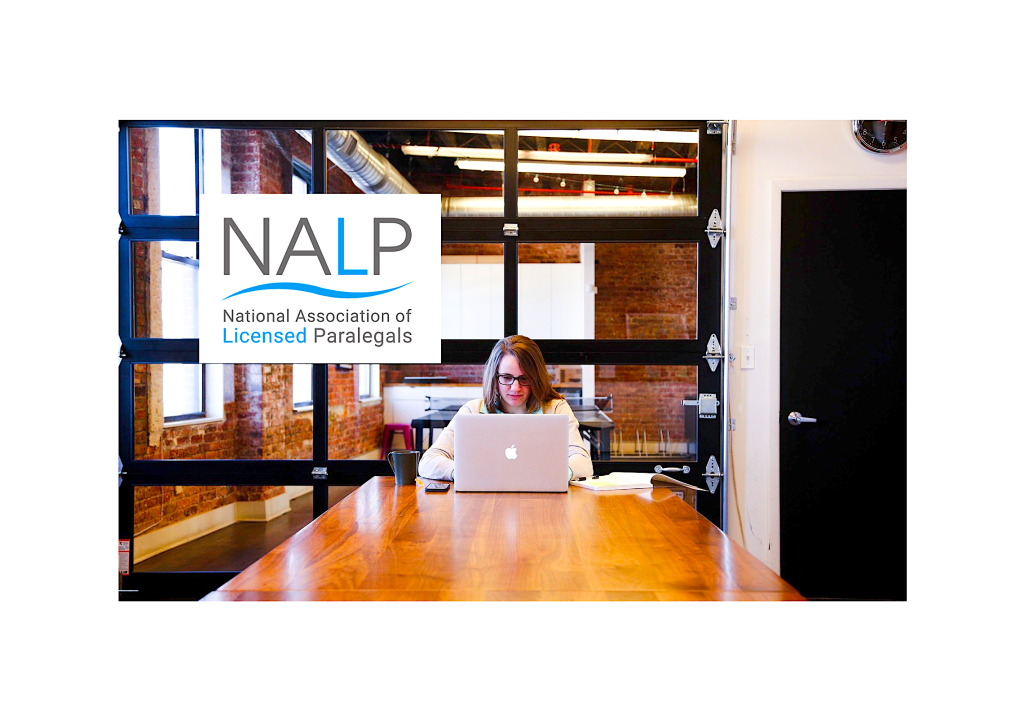
Some legal tech experts believe paralegals will face uncertainty in the new AI era. But, Robin Ghurbhurun, who sits on the Governing Board of NALP (National Association of Licensed Paralegals), sees it differently. He sets out here what the future impact of AI will be. For example, he writes: ‘A human (paralegal) interface with AI will be essential for the foreseeable future.’ Read on.
AI is clearly transforming how we approach, execute, and innovate in our work, and paralegals are as impacted by this as any group of professionals. With the capacity to automate up to 40% of the average workday, the implications for efficiency and productivity are profound, especially in sectors reliant on the processing and analysis of vast information volumes, such as the legal field.
For paralegals, the deployment of AI tools, is likely to lead to work involving more nuanced business-led advice rather than collation and administration of data. In addition, there will be a focus on quality control and the optimisation and safeguarding of contractual arrangements. There’s also potential for paralegals to up-skill and become expert legal ‘prompt writers’ (who are used for effective training and deployment of legal AI).
Prompt engineering is much more than a trend. it is proving to be a fundamental shift, reshaping the way legal professionals interact with technology to enhance their work. Understandably and critically, in law the stakes are high: a poorly constructed prompt could lead to misinterpretation or legal inaccuracy. In contrast a well-designed prompt can provide accurate, reliable results critical to legal decision-making. For example, lets consider an AI tool used for contract analysis. A well-designed prompt can help the tool identify key clauses and terms, and also, most importantly, understand their implications in different legal contexts. This capability transforms tasks such as contract review, due diligence and even legal research, saving countless hours while improving accuracy.
Legal prompt engineering is a multidisciplinary field that requires a deep understanding of both law and AI. Mastering the field requires not only familiarity with legal terminology and concepts, but also an understanding of how AI models process and respond to language. This dual expertise can be challenging, but is essential to the development of effective legal AI tools – and there is certainly an opportunity for paralegals here.
It’s worth noting that currently even generative AI can only produce ‘new’ content by recycling what it has already been trained on: ‘Garbage In Garbage Out’ – the quality of output is determined by the quality of the input.
Should we be worrying about AI or embracing it?
In most systems already in use which employ AI, the technology acts to support and improve the work of humans. Where firms are using such tech, there are signs that increasingly familiarity is not only helping them to use it effectively, but it is also overcoming any concern that the use of AI could in some way will replace humans. Most surveyed workers say that AI has improved both their performance and their working conditions.
A human (paralegal) interface with AI will be essential for the foreseeable future particularly in areas such as identifying AI ‘hallucination’ of detail in responses and verifying outputs generated. For example, ChatGPT can be prone to ‘hallucinations’ or inaccuracies. In one example ChatGPT falsely accused an American law professor of sexual harassment and cited a non-existent Washington Post report in the process. Chatbots are trained on a vast trove of data taken from the Internet, although the sources are not available in many cases. Operating like a predictive text tool, they build a model to predict the likeliest word or sentence to come after a user’s prompt. This means factual errors are possible, but the human-seeming response can sometimes convince users that the answer is correct.
Paralegals could verify the identity of clients, catch fraudulent transactions and AI voiced phishing scams, and help identify where legal liability lies in the AI value chain; providers (creators) or deployers (users). AI cannot make these distinctions itself, paralegals can.
Preparing for a future with AI
So, how can paralegals prepare for a future with AI, what do they need to consider today to be ready for tomorrow?
I believe, paralegals should focus on targeted applications of AI rather than novelty factors. Developing their understanding of how automation can benefit a firm or in-house team will put them in a great position to the lead the AI transition. It’s worth remembering that, very often, it is the paralegals who have the best insight into the day-to-day processes required to keep a practice running effectively.
Paralegals are in a good position to explore the opportunities that AI brings. This means that they can act as a vanguard of AI experts who understand where AI adoption will bring the most benefit, at the same time as having an understanding of the limitations and also the pit falls of the technology.
—
About the author: Robin Ghurbhurun sits on the Governing Board of the National Association of Licensed Paralegals (NALP) and is MD for Further Education and Skills at Jisc. NALP is a non-profit membership body and the only paralegal body that is recognised as an awarding organisation by Ofqual (the regulator of qualifications in England). Through its Centres around the country, accredited and recognised professional paralegal qualifications are offered for those looking for a career as a paralegal professional.
You can find more about NALP and paralegals here.
–
[ This is an educational think piece by NALP for Artificial Lawyer. ]
Discover more from Artificial Lawyer
Subscribe to get the latest posts sent to your email.

